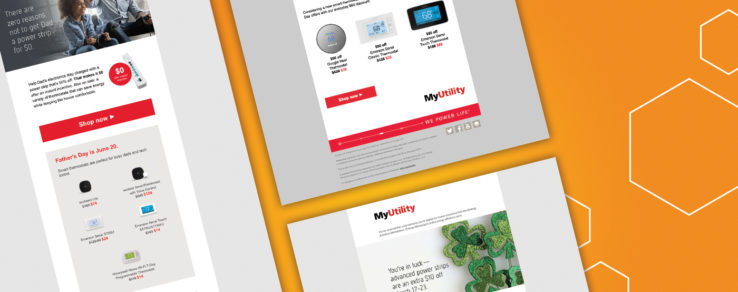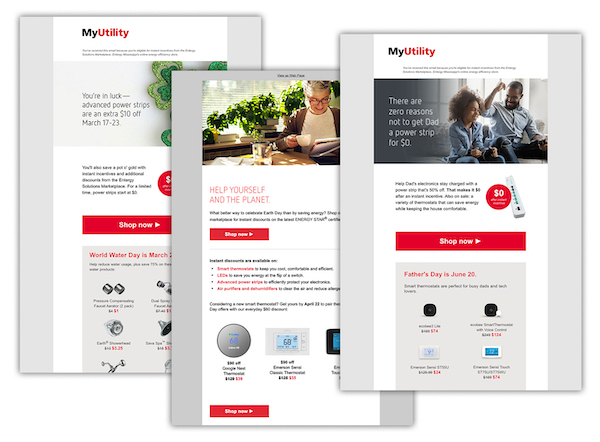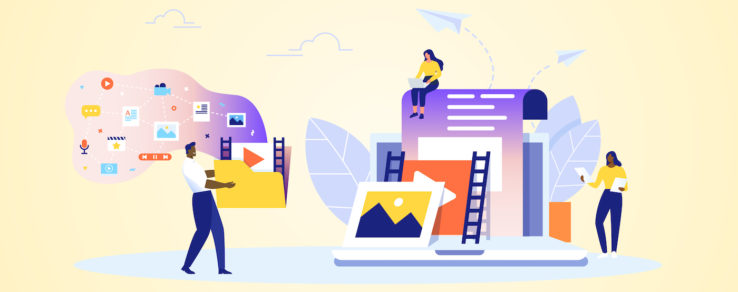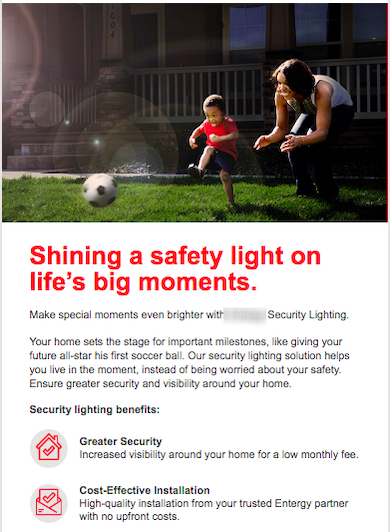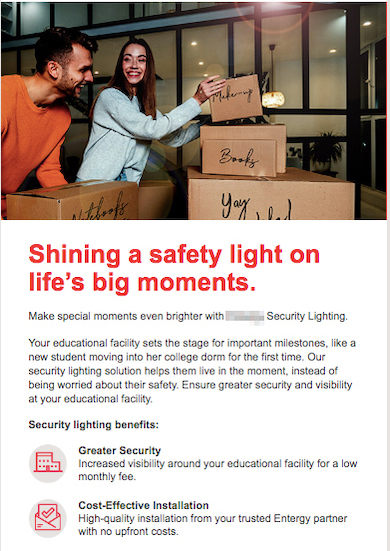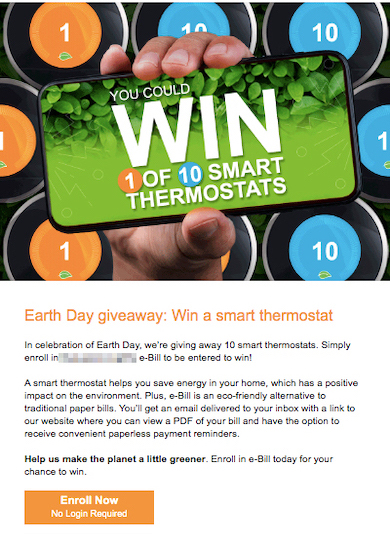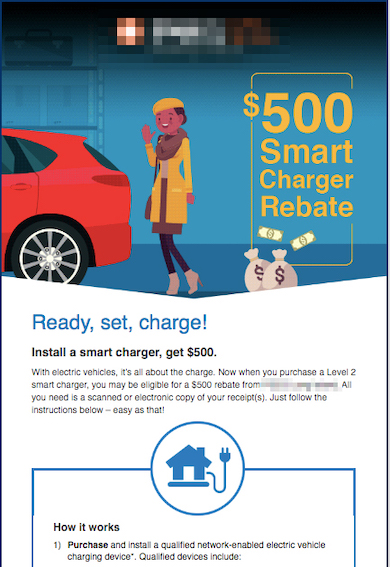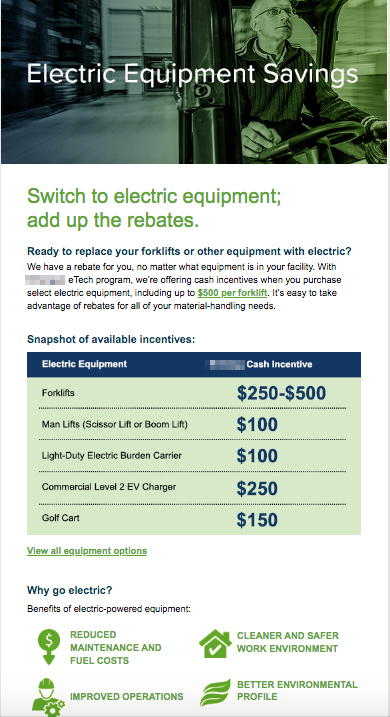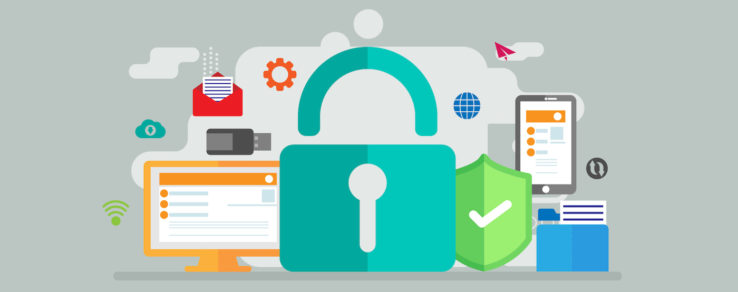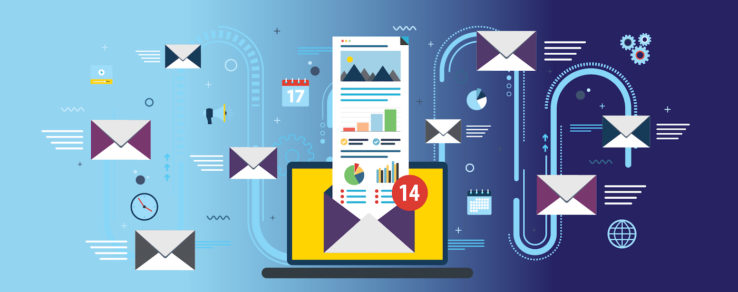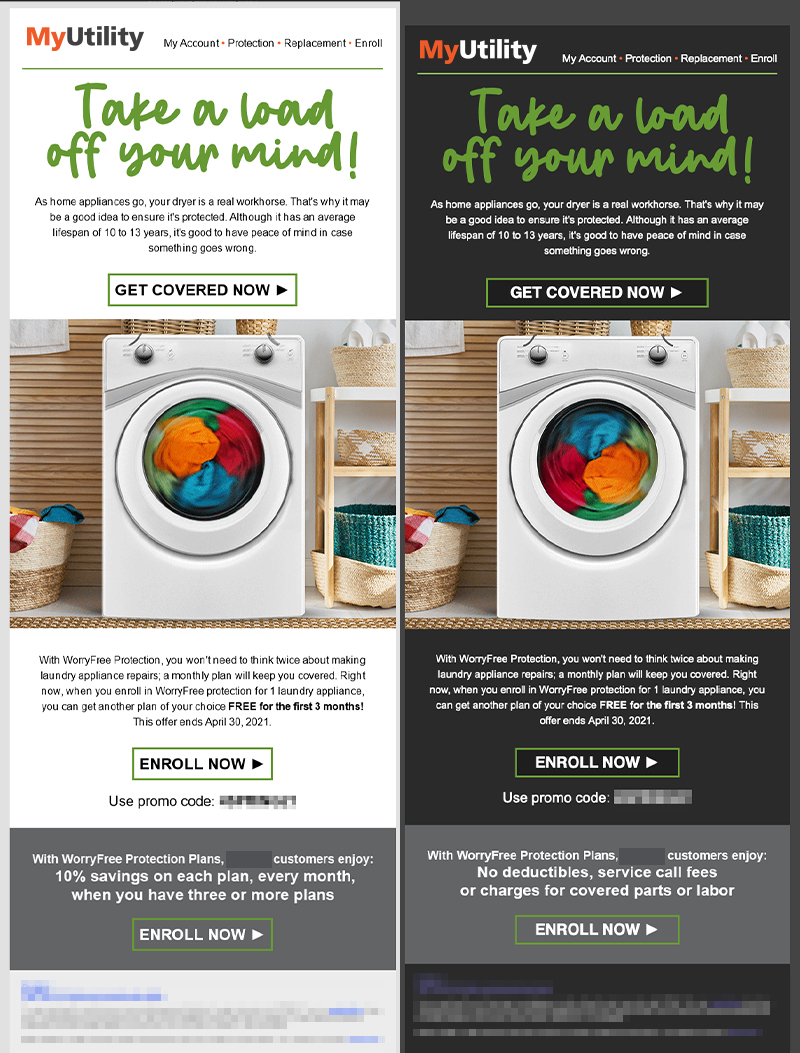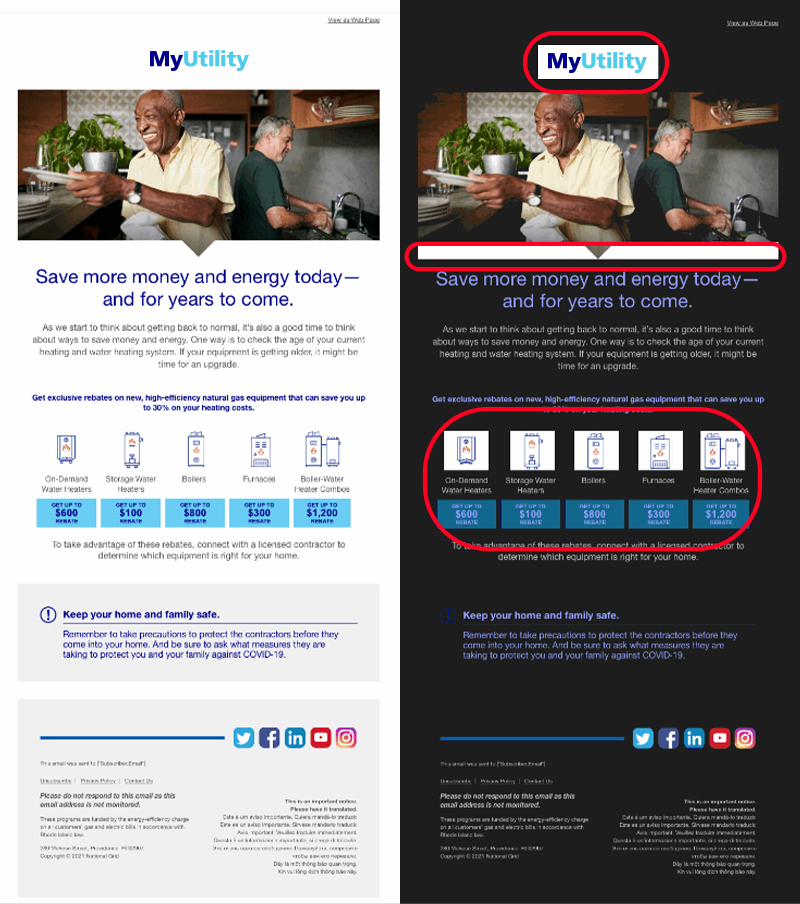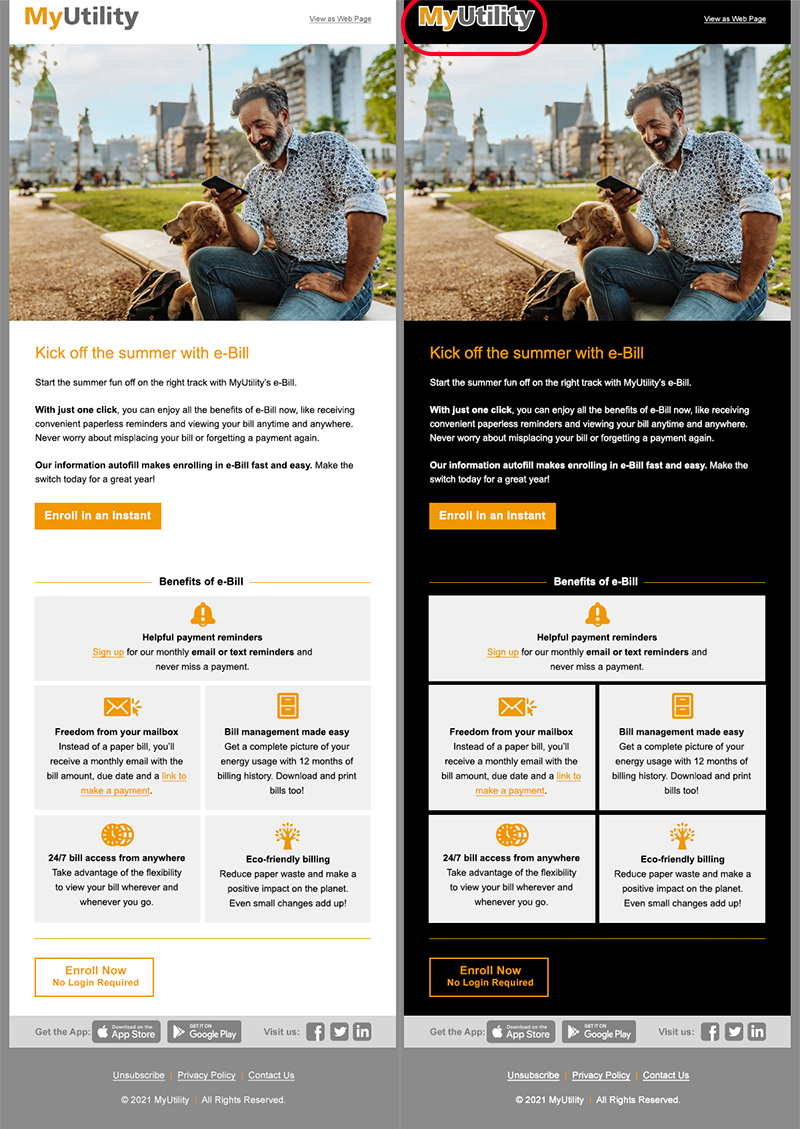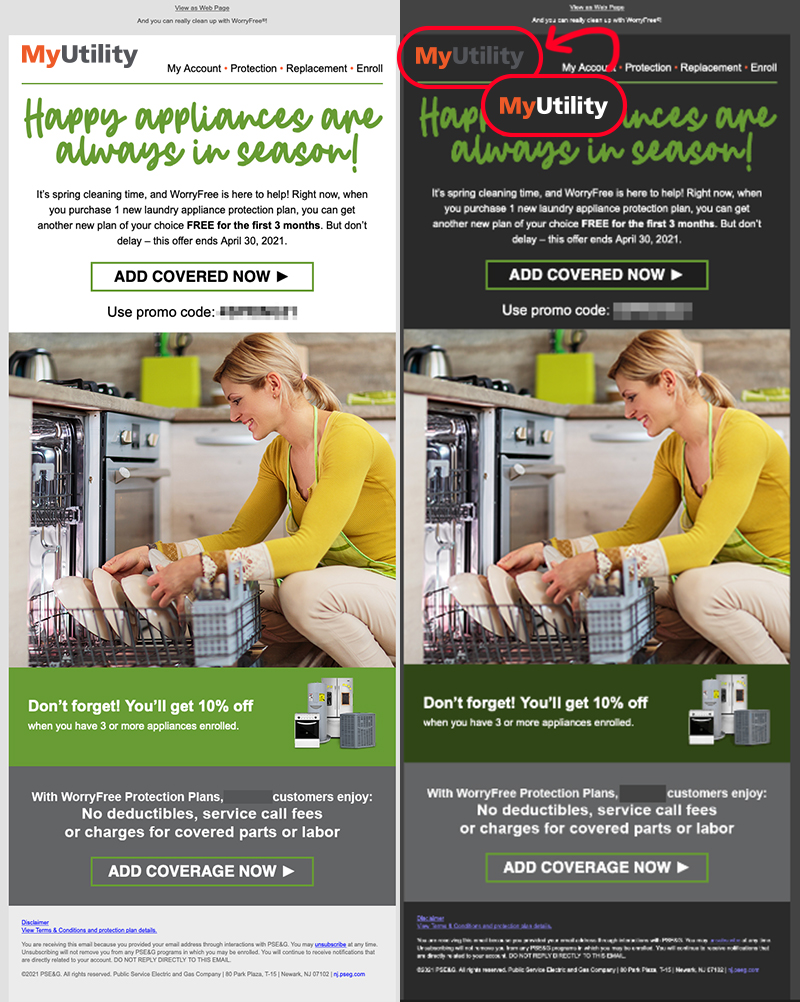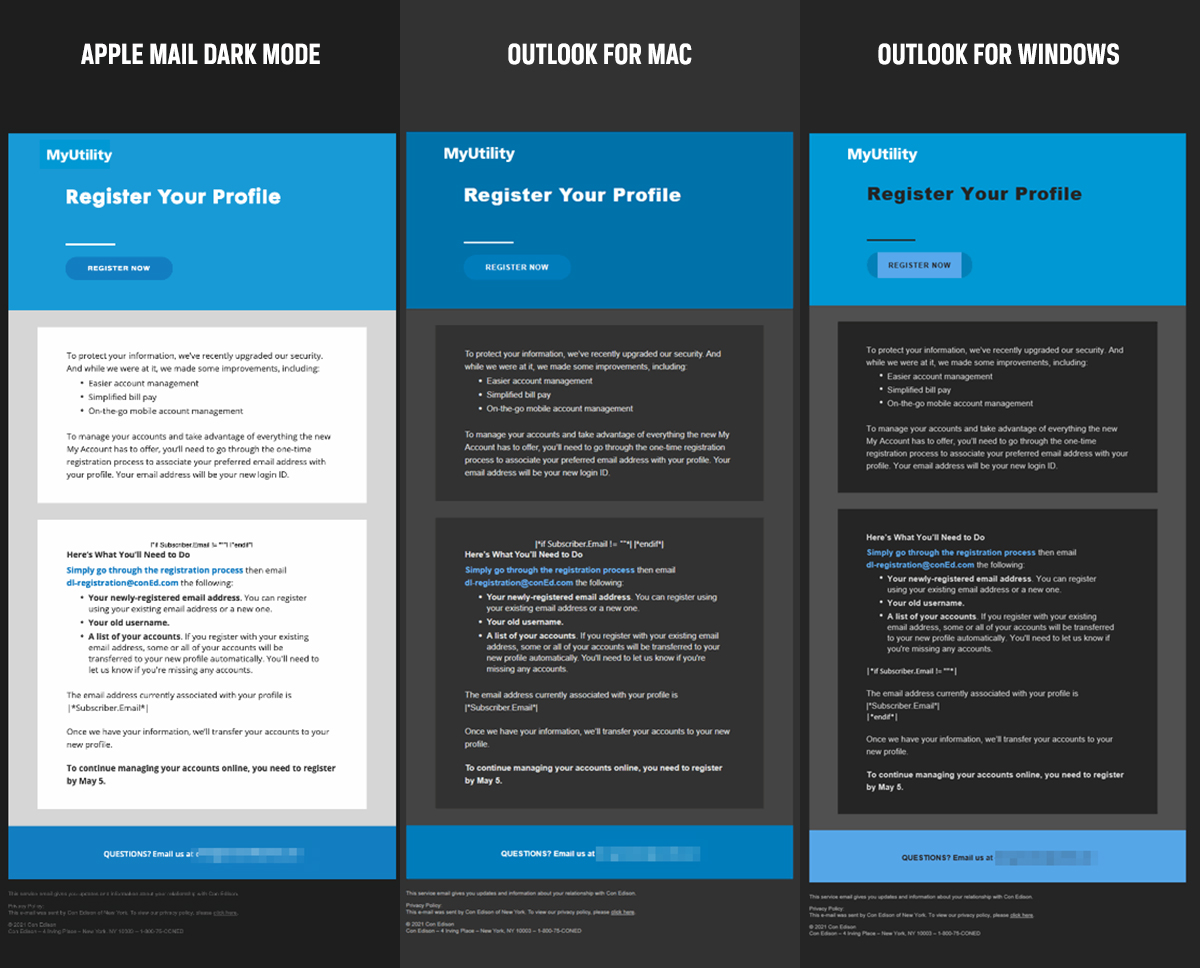From the airline industry to healthcare, Hanna Balla has seen it all. Currently the Director of Customer Experience & Insights for NiSource, Balla looks to her past industries with gratitude for helping her get to where she is today.
Working with utility digital experiences, Balla has seen the energy industry go through a major transformation. Long gone are the days of “ratepayers,” making way for opportunities to engage and listen to customers. Her passion for the environment ties in perfectly with the growing role that utilities play in energy efficiency and sustainability. “The industry is fun to be in right now,” she notes.

Balla grew up in New York but has lived in Columbus, Ohio, since college. Beyond her work with NiSource, Balla loves hiking, surfing and traveling. Although international travel had to be put on hold due to COVID-19, Balla said that the remote year actually helped her team, which is scattered throughout the Midwest, become more efficient, effective and closer. “In the past, Columbus colleagues would meet in the office,” she said. “With everyone now over Zoom, the opportunities to engage as a full team have been equalized.”
Balla is also a strong advocate for minorities in the energy industry. “I’m Korean-American and I don’t see a lot of Asian-Americans in the energy industry, at least from where I sit. Since I don’t see it, I’ve become an advocate for minorities in energy and leadership in general. It’s been really fun to be a part of that and to pave a path for others.”
Focusing on customer experience is also important to her work. “The voice of the customer has gotten louder and we’re responding to it,” Balla said. “Previously, old systems and processes hadn’t been touched, but now we’re focused on making things easier for customers and catching up to their expectations. There is a lot of energy and acceleration to help customers do more online than they could before.
“Things are changing, and utilities are excited to get fun and creative now,” she added. “The moment we look at things as a customer, the narrative changes.”
Questline Digital spoke with Balla to get her thoughts on changes in the utility industry, thought-provoking marketing campaigns and the evolution of energy.
How did you get started in the energy utility industry?
It was actually by accident! I had a couple of good friends/former colleagues in the healthcare industry who were working for NiSource. At the time the company was hiring a marketing manager for one of its states, Columbia Gas of Ohio. Given my experience, my former colleagues reached out about the opportunity.
I didn’t have any sort of background in the energy industry. Most of my experience was in the airline, healthcare, retail and QSR (quick-service restaurant) industries, but a lot of those skills were transferrable to the role at Columbia Gas of Ohio. I applied — and I’ve been on the energy industry learning curve ever since.
What has changed the most about working in the utility industry over the course of your career?
I’ve actually held four roles in the five years I’ve been with the company. I started in energy efficiency marketing for Columbia Gas of Ohio and now I’m leading customer experience and insights across the enterprise (six operating companies). It’s been exciting because things have constantly been in flux. The energy industry has seen a major shift in customer-focused modernization and transformation in the last few years. Sitting on the customer-focused side, that’s the biggest shift I’ve seen.
What excites you the most about the energy utility space?
The opportunity. We’re in an industry that experiences a lot of change and innovation, from digital transformation to a focus on renewable energy, and we’re giving our customers more control, transparency, and options. The industry is ripe for change, and the pace of the change has been rapid, which has been very exciting.
Tell me about the campaign or initiative you’re most proud of.
When I first joined Columbia Gas of Ohio, we did a full marketing audit and a rebrand to ensure that our messaging was consistent and impactful. Also to ensure it resonated with our customers in order to improve awareness, recall, and action for energy efficiency programs and initiatives. It was exciting to see the impact that strategic marketing can have on not only customer awareness and participation of our programs, but the positive impact those actions were having in communities and on our environment.
What is the hardest part of an energy marketer’s job today?
I think it’s keeping things simple. Our industry is large and complex, but at the end of the day, our customers care about having reliable service and interactions being simple. One of our challenges is making sure we constantly see and solve for things through the customer’s lens — not our own as people who are close to the industry.
How do you anticipate the world of energy evolving in the coming years? What are you looking forward to?
We often say that our customers don’t have a choice to be our customers, and though that may not change in the near future, I do think that how they get energy from us will change and the options they have for energy sources will grow. With that, customer choice becomes greater and being able to meet customer needs and keep things radically simple and transparent will become more and more important. I think the opportunities with renewable energy is incredibly exciting!
What advice would you give to those entering the utility space?
Stay curious. This is a large, complex industry with a lot of moving pieces and parts, and a lot of history with dependencies in many areas. In order to do good work, it’s critical to understand the industry itself and all the levers that influence the work we do. That means there’s a lot to learn, there are a lot of existing systems in place, and sometimes, it takes some creative problem solving to get things done.
Five years in, I feel like I just scratched the surface. I think it’s a balance of understanding the industry and also bringing fresh ideas to the table to really make an impact for our customers.

